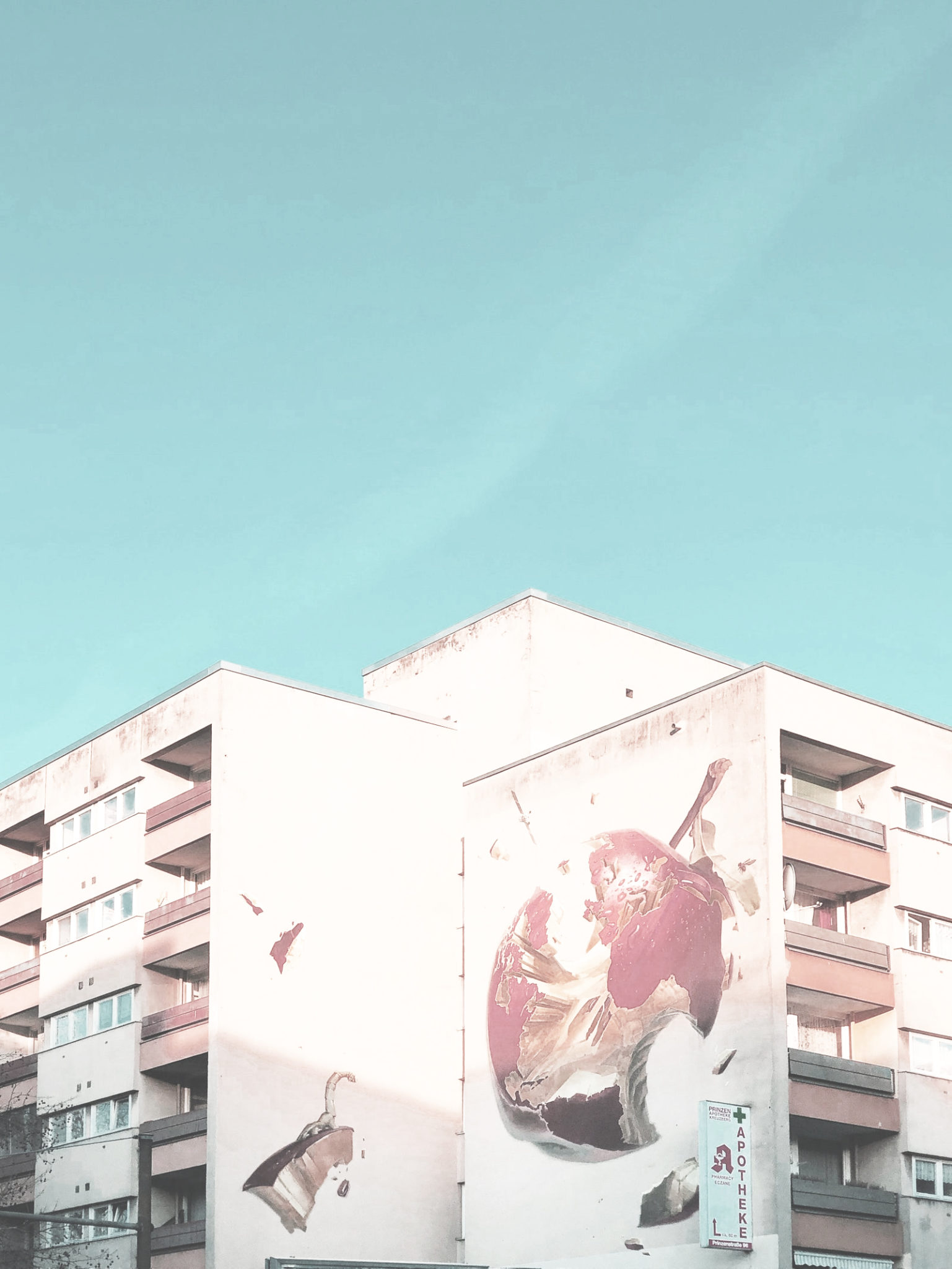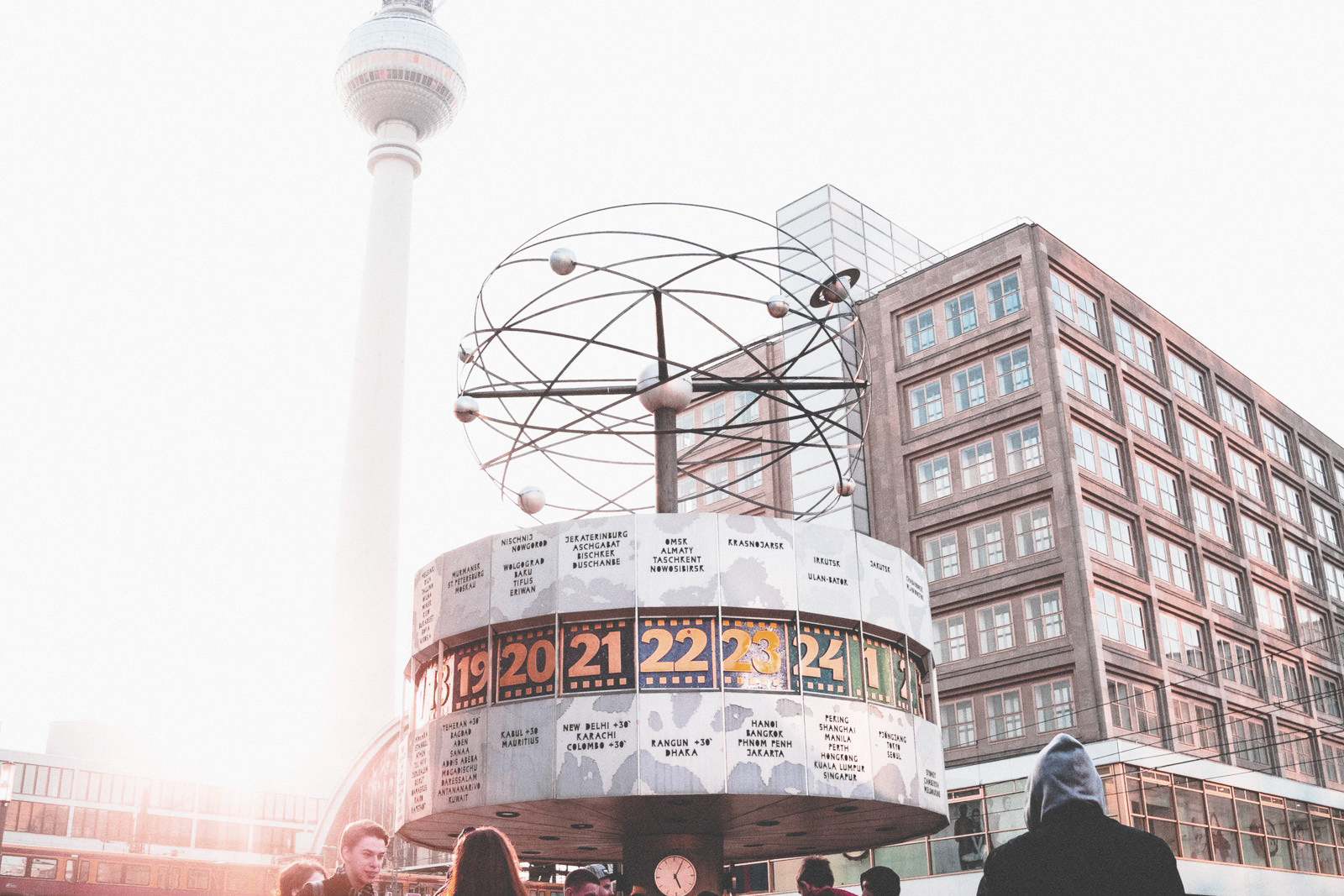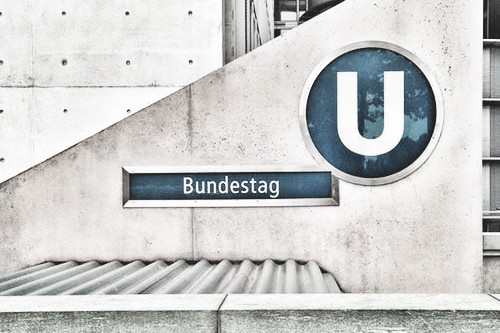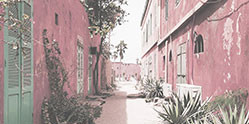Meet Berlin.
Berlin is the capital and largest city of Germany by both area and population. Its 3,748,148 (2018) inhabitants make it the second most populous city proper of the European Union after London. The city is one of Germany’s 16 federal states. It is surrounded by the state of Brandenburg, and contiguous with its capital, Potsdam. The two cities are at the center of the Berlin-Brandenburg capital region, which is, with about six million inhabitants and an area of more than 30,000 km², Germany’s third-largest metropolitan region after the Rhine-Ruhr and Rhine-Main regions.
Berlin straddles the banks of the River Spree, which flows into the River Havel (a tributary of the River Elbe) in the western borough of Spandau. Among the city’s main topographical features are the many lakes in the western and southeastern boroughs formed by the Spree, Havel, and Dahme rivers (the largest of which is Lake Müggelsee). Due to its location in the European Plain, Berlin is influenced by a temperate seasonal climate. About one-third of the city’s area is composed of forests, parks, gardens, rivers, canals and lakes. The city lies in the Central German dialect area, the Berlin dialect being a variant of the Lusatian-New Marchian dialects.
Berlin has one of the lowest numbers of cars per capita.
Cityscape.
Berlin’s history has left the city with a polycentric organization and a highly eclectic array of architecture and buildings. The city’s appearance today is predominantly shaped by the key role it played in Germany’s history in the 20th century. Each of the national governments based in Berlin – the Kingdom of Prussia, the 1871 German Empire, the Weimar Republic, Nazi Germany, East Germany, and now the reunified Germany – initiated ambitious reconstruction programs, with each adding its own distinctive style to the city’s architecture.
Culture.
Berlin is known for its numerous cultural institutions, many of which enjoy international reputation. The diversity and vivacity of the metropolis led to a trendsetting atmosphere. An innovative music, dance and art scene has developed in the 21st century.
Young people, international artists and entrepreneurs continued to settle in the city and made Berlin a popular entertainment center in the world.
The expanding cultural performance of the city was underscored by the relocation of the Universal Music Group who decided to move their headquarters to the banks of the River Spree. In 2005, Berlin was named “City of Design” by UNESCO and has been part of the Creative Cities Network ever since.








